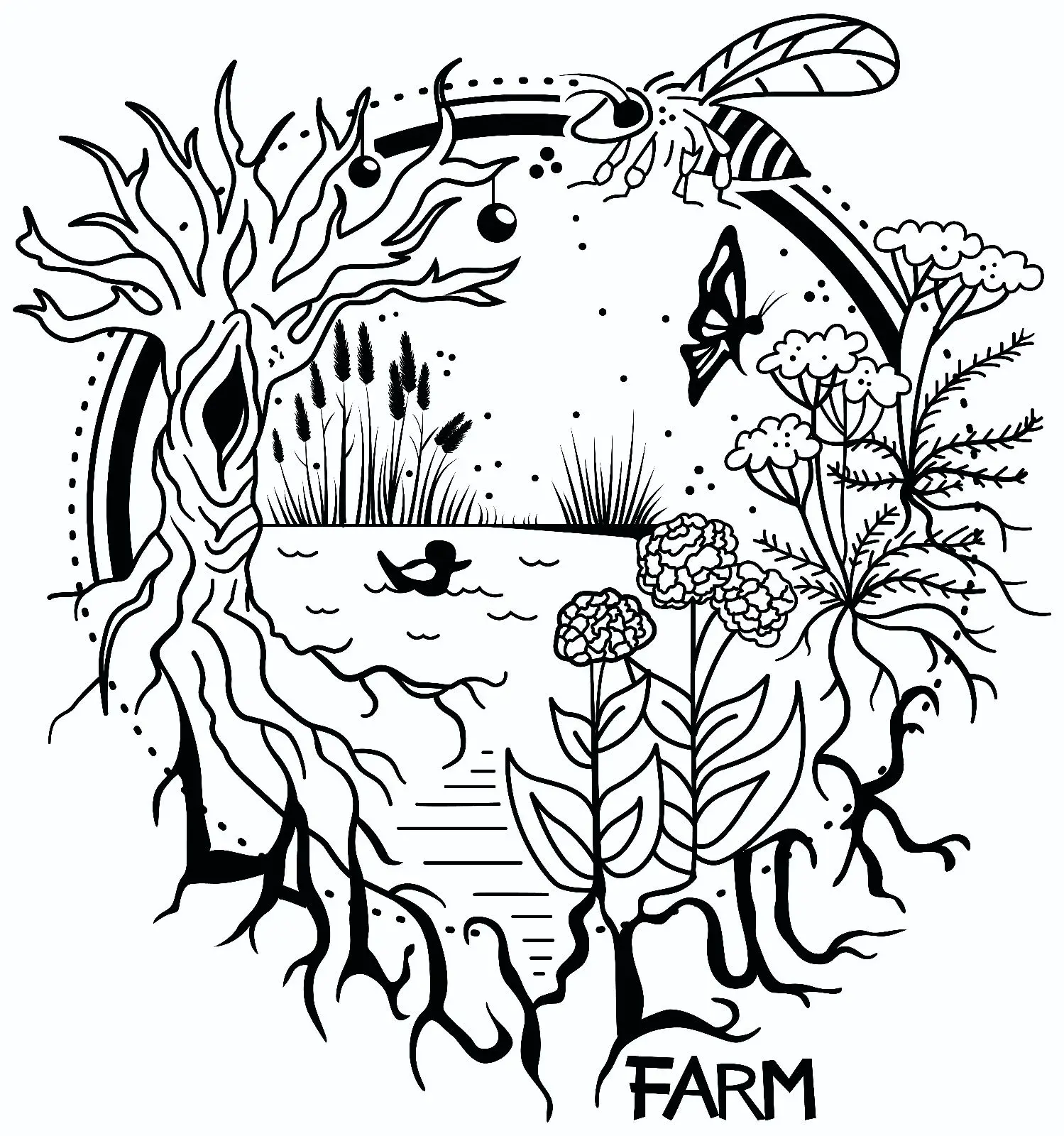[Image description: nearly a dozen small birds forage among the stalks of Monarda didyma]
We had hundreds of birds visiting our gardens after a recent snow storm, with each small social group foraging among different clusters of plants and occasionally squabbling over them. It was so noticeable that a neighbor had to stop driving past and tell us how crazy it was, and how few birds were stopping at her house even with a bird feeder out. And she wasn’t the only one to remark about it.
One thing each of these neighbors have in common is that they’ve each cut back their gardens in the fall and removed the stems, stalks, and seed heads, while we wait until we begin seeing new growth from the bases of plants to cut back old growth. We don’t remove those bits and bobs from the space but rather lay them down in the same vicinity and let them decompose during the season, after whatever insect life they’ve harbored has emerged.
Winter interest in gardens helps to provide enjoyment for the gardener, and can help to defray social tensions between “clean reset” gardeners and those who leave everything standing like we do. More than that, though, it provides habitat for insects that support so many other creatures and provides protection for overwintering birds in a way that a bird feeder out in the open cannot.


It’s such a great plant for wildlife in our bioregion and others, I really encourage you to plant some and see who comes around. M. didyma will attract hummingbirds during the growing season so it’s good to have a few patches. M. fistulosa will attract lots of caterpillars, moths, and butterflies with fewer hummingbirds as competition for the nectar. At least, that’s the pattern of use I’ve noticed over the years in our area.